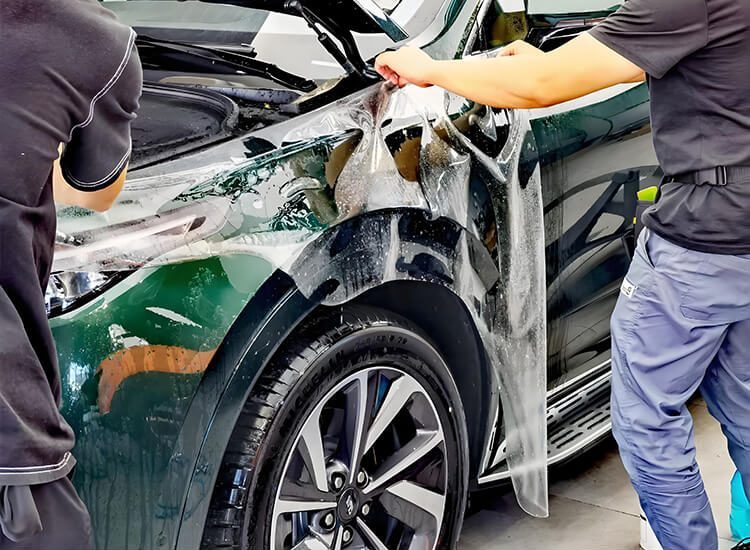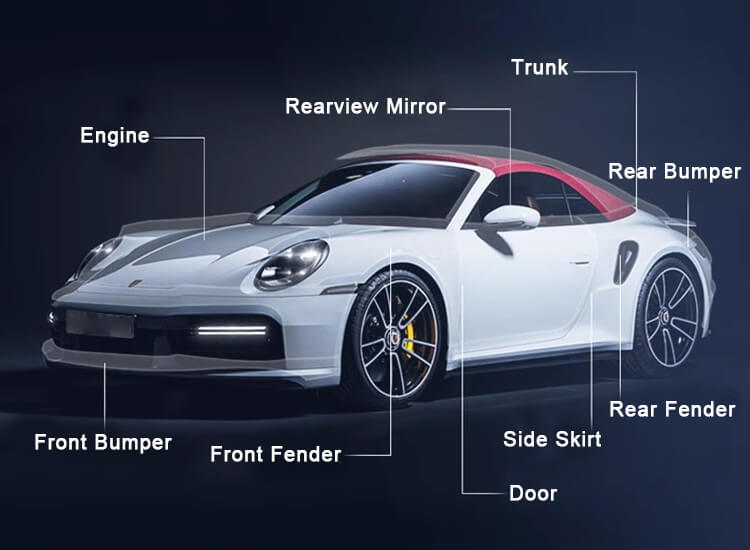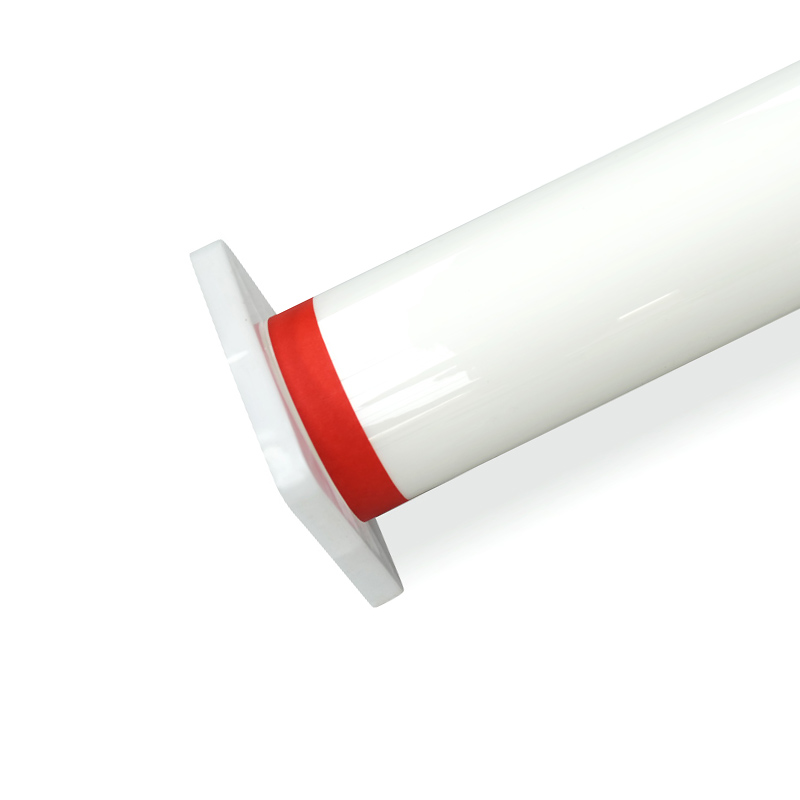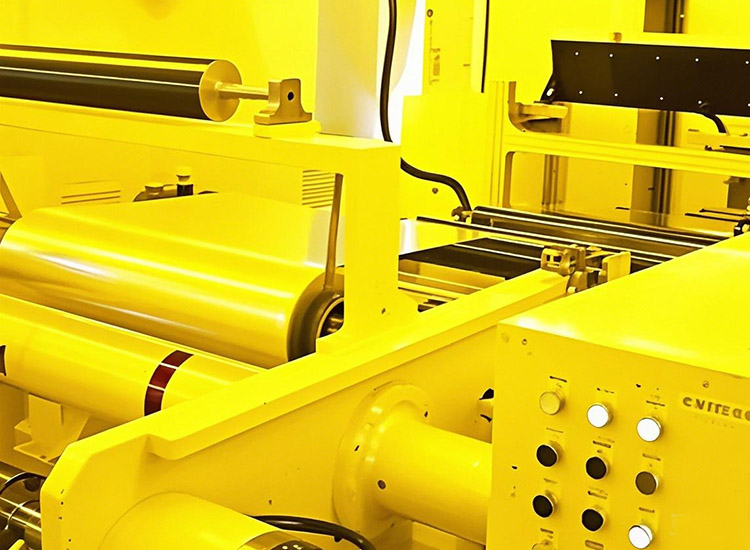Clear Paint Protection Film for Headlights & Bumpers: Worth It?
Your car’s headlights and bumpers take the brunt of road debris, UV rays, and accidental scratches every day. Installing Clear PPF is one of the most effective ways to safeguard these critical areas without changing your car’s appearance. With transparent paint protection film and crystal clear PPF, you can maintain your car’s shine while preventing costly damage. But is it really worth it? Let’s explore the benefits, installation, types of PPF, pricing, and practical tips to help you make an informed decision.

Why Clear PPF Matters for Headlights
Headlights Are Vulnerable
Your headlights are constantly exposed to the elements. Stones, dust, and road salts can cause scratches and dulling. Headlight protection film acts as a shield, preventing these damages while keeping your lights clear and bright.
Self-Healing Properties
Many modern clear PPF for headlights come with self-healing technology. Minor scratches and swirl marks disappear with heat, either from the sun or an engine’s warmth. This reduces maintenance and keeps your car looking pristine.
Comparing Options
You might wonder whether clear paint protection film vs ceramic coating for headlights is a better choice. Ceramic coatings provide some scratch resistance but lack the physical barrier that PPF offers. If your goal is full front-end protection, clear PPF for car front end protection is more reliable. You can also read about Clear Paint Protection Film vs Vinyl Wrap to understand the differences between these two protection solutions.
Protecting Your Bumpers Effectively
Common Bumper Issues
Bumpers are the first line of defense in minor collisions and parking mishaps. Bumper protection film prevents paint chips, scuffs, and discoloration. Investing in best clear paint protection film for bumpers ensures long-term protection.
Cost vs Value
Some buyers hesitate due to clear PPF for bumpers cost, but the expense is justified when compared to repairing or repainting scratched or chipped bumpers. Using cheap clear paint protection film for headlights & bumpers can be tempting, but quality matters—lower-grade films may yellow or peel over time. You can check a detailed pricing guide here: Clear Paint Protection Film Cost.

Market Overview: Common Types of PPF
Transparent Clear PPF
This is the most popular type, offering invisible protection while preserving your car’s original color and shine. Ideal for headlights, bumpers, and other visible areas, it provides maximum protection without altering the car’s appearance.
Matte and Satin PPF
Matte or satin films change the car’s surface finish, giving a soft, modern look. These are popular for aesthetic customization while still offering the same protective benefits as clear PPF. Matte PPF is especially favored on bumpers and hoods to reduce glare.
Colored PPF
Colored or tinted PPF allows car owners to add subtle or bold color changes while still protecting the paint. These films are less common for headlights but are sometimes used on bumpers or custom trims for style and protection.
Gloss and Hybrid Films
Some films combine high-gloss finishes with self-healing properties, enhancing shine while maintaining protection. Hybrid PPF is versatile for front-end protection, offering durability for both headlights and bumpers. For advanced performance, check out 8.5mil Clear Paint Protection Film to see how thickness affects protection and longevity.
PPF Pricing Guide by Car Area and Material
When considering clear paint protection film for your car, cost varies depending on the car part and the type of film. Below is a reference guide for headlights, bumpers, hoods, and full front-end coverage, using common PPF materials: TPU, PVC, and TPH. Prices are approximate and can vary based on brand, thickness, and installation quality.
| Car Area | TPU Film Price (USD) | PVC Film Price (USD) | TPH Film Price (USD) |
|---|---|---|---|
| Headlights (per pair) | 80–120 | 50–90 | 70–110 |
| Front Bumper | 150–250 | 100–180 | 130–220 |
| Hood (Partial) | 180–300 | 120–220 | 150–270 |
| Full Front-End Coverage | 400–650 | 300–500 | 350–600 |
| Full Car Coverage | 1,200–2,000 | 900–1,600 | 1,000–1,800 |
TPU vs PVC vs TPH
- TPU (Thermoplastic Polyurethane) offers excellent self-healing, flexibility, and long-term UV resistance. Most premium films are TPU-based.
- PVC (Polyvinyl Chloride) is more affordable but less durable; prone to yellowing over time. Suitable for budget-conscious installations.
- TPH (Thermoplastic Hybrid) combines flexibility of TPU with affordability closer to PVC. Good compromise for high-traffic areas like bumpers and hoods.
Choosing the right material depends on your budget, car usage, and desired durability. For high-impact zones like headlights and bumpers, TPU or TPH is recommended for long-lasting protection and clarity. You can also calculate PPF Usage Volume to know how much film is required for your vehicle.
Installation: DIY or Professional?
Professional Installation
For optimal results, professional installation of clear paint protection film installation for headlights ensures precise alignment and bubble-free application. Certified installers can handle complex curves and edges that DIY methods often struggle with. For reference, see the Top 10 Car PPF Brands to find trusted installers and quality films.
DIY Considerations
If you prefer a hands-on approach, you can learn how to apply clear paint protection film on headlights with online tutorials. High-quality kits include detailed instructions, but be prepared for trial and error, especially with automotive clear film for bumpers.
Benefits of Clear Car Protection Film
Invisible Protection
One of the major advantages of invisible paint protection film is maintaining your car’s aesthetic appeal. Unlike wraps or tints, clear PPF is virtually unnoticeable but highly effective in shielding your headlights and bumpers.
Longevity and Maintenance
Clear paint protection film lifespan varies from 5 to 10 years, depending on film quality and maintenance. Regular washing, avoiding harsh chemicals, and periodic inspections extend protection and keep the surface smooth.
Enhancing Vehicle Value
Protecting your car’s exterior with clear car protection film preserves resale value. Buyers notice undamaged headlights and bumpers, which reflects careful ownership and maintenance.
Common Concerns and Misconceptions
Yellowing and Discoloration
Some users worry about PPF yellowing over time. Modern crystal clear PPF has UV-resistant coatings to prevent discoloration and maintain clarity, even under strong sunlight.
Scratches and Chips
While self-healing clear paint protection film for headlights handles minor abrasions, deep impacts can still cause damage. For high-risk areas, consider combining PPF with parking sensors or cautious driving practices.
Cost Justification
People often ask, “Is clear paint protection film worth it for headlights?” The answer depends on your priorities. If you value long-term protection and want to avoid repainting costs, it’s a worthwhile investment.

PreproPPF Car PPF PR-Q03
On a budget? Check out basic protection PPF PR-Q01, 5×50 ft, free shipping worldwide.
PreproPPF Factory Direct: Free Shipping to Poland
Looking for reliable, high-quality clear paint protection film? PreproPPF factory offers premium crystal clear PPF with professional-grade performance, available for headlights and bumpers. Take advantage of factory direct pricing and free shipping to USA, ensuring your car is protected without extra cost. Enjoy worldwide delivery, no middlemen, just top-notch protection shipped right to your doorstep. Order today and experience premium automotive protection from PreproPPF.
Frequently Asked Questions
Q1: How long does clear paint protection film last?
Most high-quality clear PPF lasts 5–10 years, depending on maintenance and environmental exposure.
Q2: Can I install clear PPF on my headlights myself?
Yes, DIY kits are available, but professional installation ensures a perfect fit and bubble-free application.
Q3: Does clear paint protection film yellow over time?
Premium PPF has UV-resistant coatings to prevent yellowing, maintaining clarity and protection for years.
